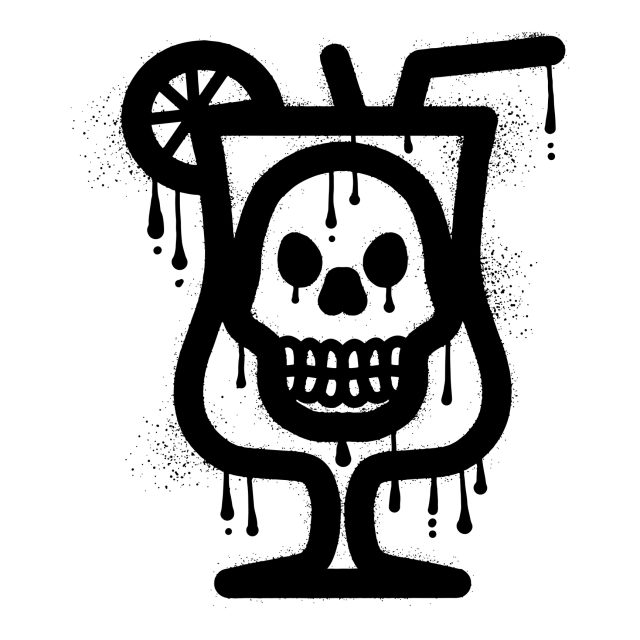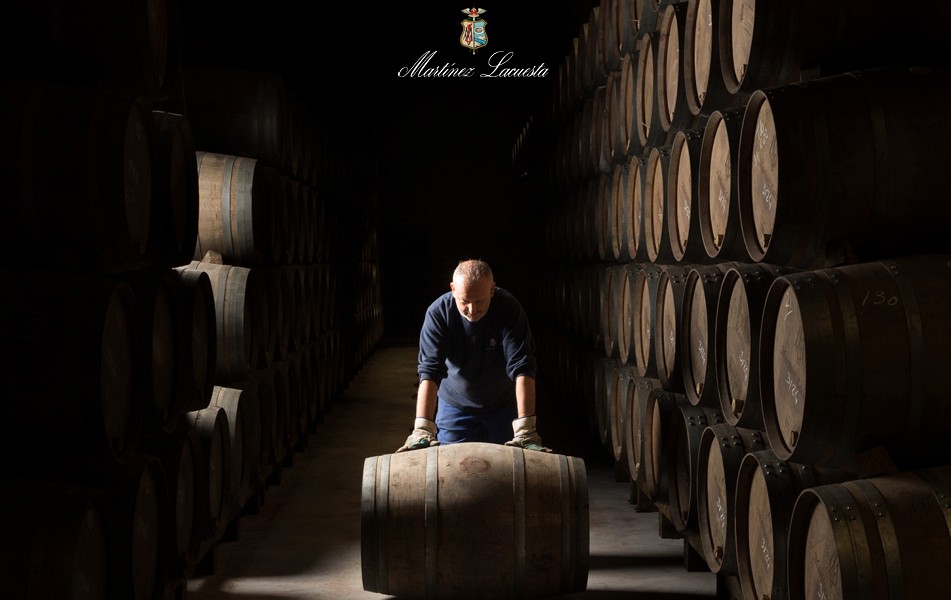How the masochistic marketing trend is driving drinks sales
The trend for irreverent masochistic marketing to sell drinks, which uses gallows humour to subverts norms to stand out, is gaining momentum.

In a recent deep dive report from the Food institute, it was detailed how the trend has taken hold with examples from across the sector illustrating how standing out and presenting a challenge or an element of the macabre actively encourages consumers.
For instance, it putlined how, in March the canned water brand Liquid Death had shown triple-digit growth for the third year in a row, earning US$263 million in global sales at 113,000 US and UK retail outlets.
But the more captivating information was looking at how this had been achieved, because it was by no means the first brand to adopt such an approach. Cue: Brewdog’s Punk IPA pushing marketing norms back in the early noughties and even New York’s Death Wish Coffee which began as a small coffee shop growing an online following before getting its own advert at the Super Bowl.
Similarly, the stylings of beer brands such as Beavertown, which was started by Logan Plant and used the famed skull designs from Nick Dwyer, to positon itself into a company that eventually sold for multiple millions to Heineken with the first stake being sold in 2018 to the tune of £40 million and the majority stake being sold in 2022.
Looking at what was driving the trend, the Food Institute revealed that the tactic was highly effective within a market that is oversaturated because it captures the attention of consumers by subverting their expectations and therefore standing out.
Describing this, Liquid Death CEO Mike Cessario explained: “So much of the branding in the bottled water category has revolved around the purity of the water, superior levels of hydration, etc. Liquid Death took off because it subverted all the tropes of bottled water marketing that we’re familiar with.”
To amplify this, the brand has pranked taste-testers and went out of its way to show it was better than expensive drinks and went head -to-head with zombies in its plight to “keep the underworld beautiful” via its advertising and it worked.
Liquid Death’s creators even reported how people were drinking more water because it looked like a forbidden product due to the branding.
Partner Content
Similarly, challenges featuring foods and drinks with either spice or irreverent positioning have typically gone viral on social media platforms like TikTok, a favourite of Gen Z — a generation that the Food institute has described as being “immune to traditional marketing strategies”.
It highlighted how the Gen Z market wields billions in purchasing power, which means they are not to be overlooked as highly important consumers. Especially since Gen Z’s drinking habits present something of a conundrum for drinks brands.
Plus, this demographic remains obsessed with spicy or challenging bold marketing that offers up a sense of the forbidden or the product to be enticing or exciting.
According to Circana, Gen Zers aren’t the only ones with an appetite for masochism and it noted how dollar sales for food and beverages with the term “spicy” in the description have increased by 9% year over year.
Last year, for instance, Diageo revealed it had updated its Captain Morgan rum to put ‘spice’ at the forefront of the design and supported the move with a global ‘Spice On’ campaign that featured a “bolder colour palette”.
To follow this, this year Diageo showcased how it had used AI to identify core flavours that will shape how consumers all over the world will socialise when drinking. Among these, it admitted that spicy flavours were on the rise with conversations about jalapeno being up 32% in the UK and pepperoncini up 53% in Australia while talk of chilli was seeing a 36% lift in the US. According to Diageo, these trends come as 15% of global consumers are searching for greater excitement when socialising, with Latin and Tex-Mex food orders now overtaking Italian food in America and almost half of British shoppers now using hot sauces in everyday meals.
Also aware of this trend, according to Pepsico, North American shoppers made nearly 400 million trips to purchase Flamin’ Hot products in 2023, up 31% from the previous year, and its top soft drinks and mixer competitor has also started capitalising on the trend with the launch of Coca-Cola Spiced.
The report outlined that whatever the reason behind the trend, drinks companies should take note. “Whether the recent prevalence in shock value is driven by widespread desensitisation to marketing or a reflection of post-pandemic cultural anxiety” the findings from the report stated that “this darker and edgier approach is having a moment that will likely stick around for a while”.
Related news
Peroni beer fountain hits London
Guinness and Lazy Oaf collaborate to launch streetwear collection
Balcarce: what you need to know about Argentina's fledgling wine region




